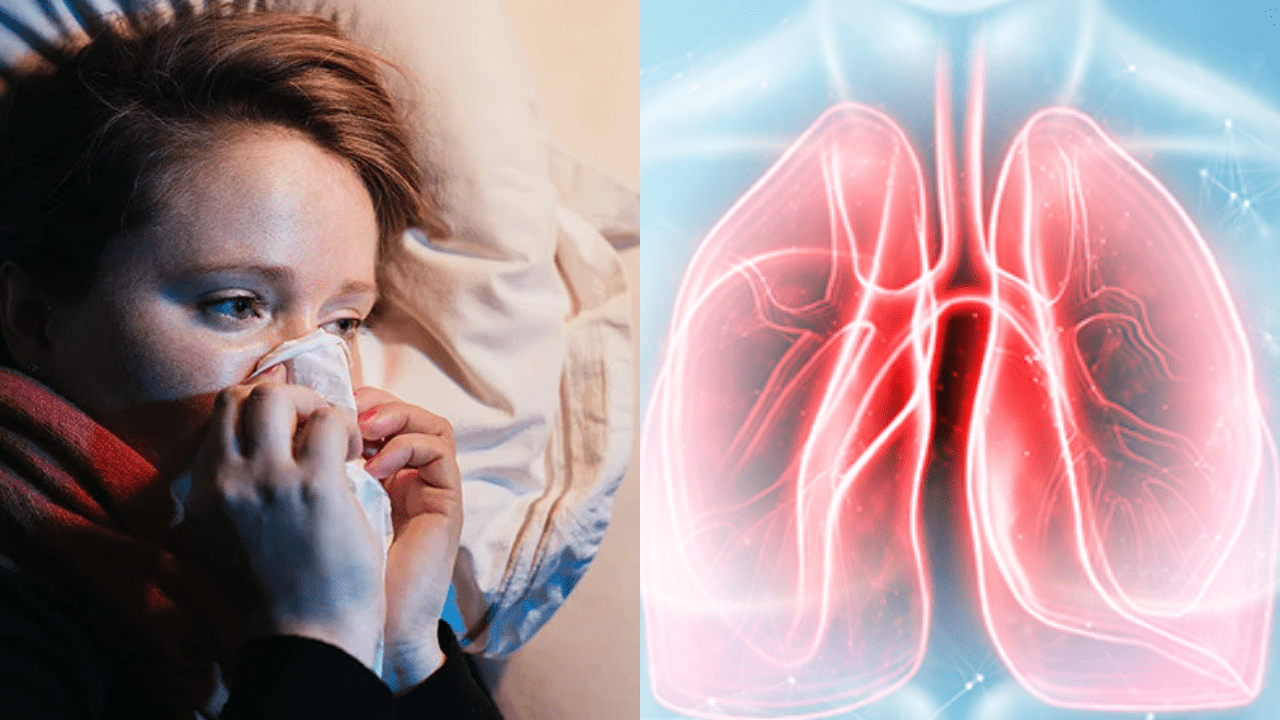Introduction: Respiratory health is a cornerstone of overall well-being, and the concept of aspiration lies at its heart. In this comprehensive article, we will delve into the intricate dimensions of aspiration – from its causes and symptoms to diagnosis, treatment options, potential complications, impact on children, preventive measures, and the overall outlook.
Causes: Uncovering the Triggers
Aspiration is often triggered by factors that disrupt the normal swallowing process. Neuromuscular conditions, such as advanced dementia or Parkinson’s disease, can compromise tongue control and reflexes, increasing the risk. Neurological disorders, including strokes and brain injuries, can also impair swallowing mechanisms.
Risk Factors and Symptoms: Identifying Vulnerabilities
Certain individuals are more susceptible to aspiration due to underlying health conditions. Impaired consciousness, lung diseases, seizures, strokes, dental problems, dementia, swallowing dysfunction, and specific neurological diseases contribute to a heightened risk. Aspiration can manifest silently or overtly, with distinct symptoms such as coughing, wheezing, or a hoarse voice.
Diagnosis and Treatment: Navigating the Path
Diagnosing aspiration involves a thorough evaluation of symptoms. Medical professionals may use a modified barium swallow test and other diagnostic procedures. Additional tests include chest X-rays, sputum cultures, bronchoscopy, CT scans, and blood work. Treatment approaches are tailored to the severity of the condition, ranging from preventive measures to dysphagia therapy and, in severe cases, hospitalization.

Complications: Addressing Potential Issues
Aspiration can lead to complications, notably aspiration pneumonia, requiring immediate attention and treatment. Hospitalization, antibiotics, and ventilator support may be necessary. Surgical intervention could be considered in severe cases.
Aspiration in Children: A Distinct Perspective
Aspiration presents differently in children, with symptoms including feeding difficulties, coughing while drinking, arching the back during feeding, and slowed growth. Children with conditions like cleft palate, prematurity, Down syndrome, cerebral palsy, and neuromuscular diseases are particularly susceptible. Management involves maintaining correct feeding posture, employing swallowing exercises, modifying diets, and, when necessary, using temporary feeding tubes.
Prevention: Taking Proactive Measures
Preventing aspiration involves adopting habits such as resting before meals, consuming smaller bites, swallowing completely before drinking, and maintaining an upright eating position. Regular dental check-ups, avoiding certain medications before eating, and practicing recommended techniques also contribute to prevention.
Outlook: Navigating the Future
The outlook for aspiration varies based on underlying causes. Swallowing therapy, dietary adjustments, and proper eating techniques can mitigate the risk of recurring incidents. While aspiration is a potential concern, understanding its intricacies empowers individuals to approach it with vigilance and awareness.
Frequently Asked Questions (FAQs) About Aspiration
Q1: What exactly is aspiration? A1:
Aspiration refers to the unintentional inhalation of foreign substances, like food particles, saliva, or stomach contents, into the respiratory tract instead of their intended passage through the digestive system. This can happen during activities such as swallowing, vomiting, or experiencing heartburn.
Q2: Who is at a higher risk of experiencing aspiration?
A2: Individuals with certain health conditions are more prone to aspiration. Those with impaired consciousness, lung diseases, seizures, strokes, dental problems, dementia, swallowing dysfunction, and specific neurological diseases are among the higher-risk groups.
Q3: What are the differences between silent and overt aspiration?
A3: Silent aspiration occurs without noticeable symptoms, making it difficult to detect. Overt aspiration, on the other hand, triggers immediate symptoms like coughing, wheezing, or a hoarse voice. In institutional care settings, subtle signs like changes in breathing sounds or drooling might indicate swallowing difficulties.
Q4: How is aspiration diagnosed?
A4: Diagnosis involves a thorough evaluation of symptoms. Physicians may conduct a modified barium swallow test using X-rays to examine the esophagus. Additional tests might include chest X-rays, sputum cultures, bronchoscopy, CT scans, and blood work.
Q5: What are the treatment options for aspiration?
A5: Treatment strategies vary based on the severity of the condition. Preventive measures include adopting proper eating postures, consuming smaller bites, and practicing slow eating. Dysphagia therapy focuses on safe swallowing techniques. Severe cases, like aspiration pneumonia, might require hospitalization, antibiotics, and ventilator support.
Q6: Are there potential complications of aspiration?
A6: Yes, aspiration can lead to complications, with aspiration pneumonia being a significant concern. This condition requires prompt medical attention and treatment. In severe cases, surgical intervention might be necessary.
Q7: How does aspiration impact children?
A7: Aspiration in children can present with symptoms like feeding difficulties, coughing while drinking, arching the back during feeding, and slowed growth. Children with conditions such as cleft palate, prematurity, Down syndrome, cerebral palsy, and neuromuscular diseases are particularly vulnerable.
Q8: Can aspiration be prevented?
A8: Yes, there are preventive measures that can be taken. These include adopting proper eating habits, maintaining good posture during meals, consuming smaller bites, and swallowing fully before drinking. Regular dental check-ups and avoiding certain medications before eating can also contribute to prevention.
Q9: What is the outlook for individuals who experience aspiration?
A9: The outlook varies based on the underlying causes of aspiration. Swallowing therapy, dietary adjustments, and proper eating techniques can often help mitigate the risk of recurring incidents.
Q10: How important is awareness about aspiration?
A10: Awareness about aspiration is crucial for both individuals and healthcare professionals. Understanding its causes, symptoms, and preventive measures empowers people to identify potential risks and seek appropriate care when needed.
More Popular Posts :
Future App Review
Causes of Aspiration
How To Lose weight Fast
to Aspiration: Causes, Symptoms, and Strategies for Prevention
Introduction: Respiratory health is a cornerstone of overall well-being, and the concept of aspiration lies at its heart. In this comprehensive article, we will delve into the intricate dimensions of aspiration – from its